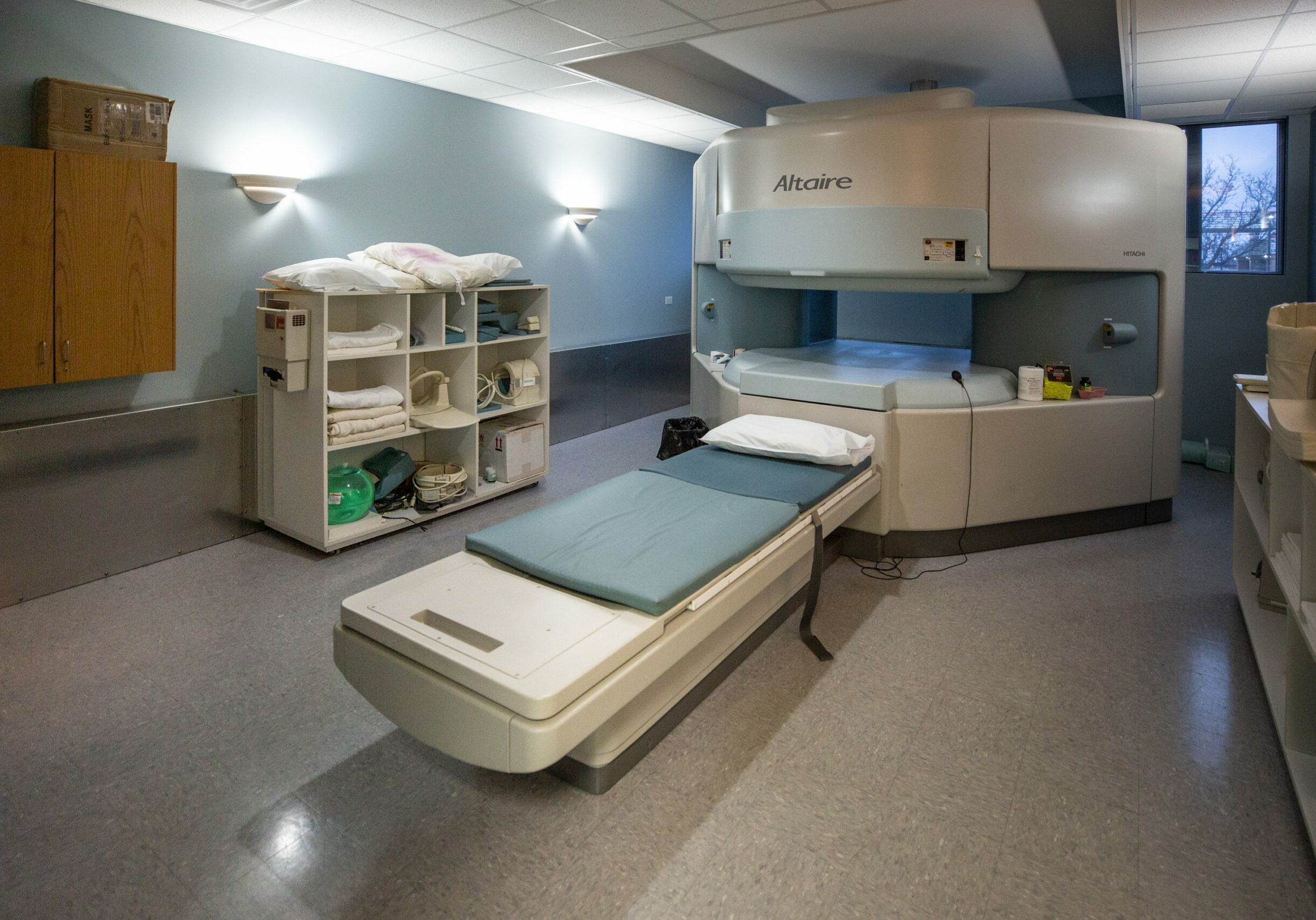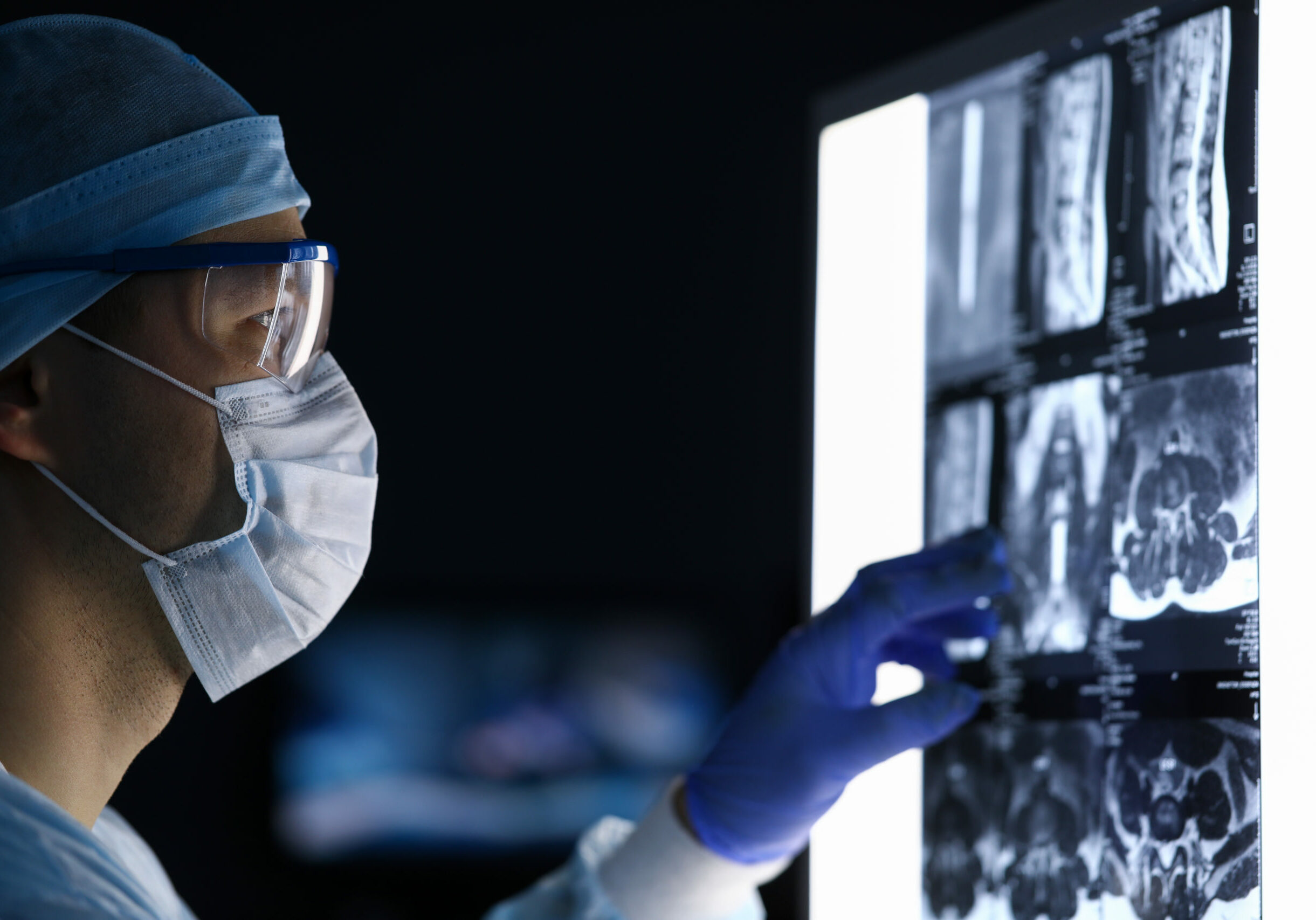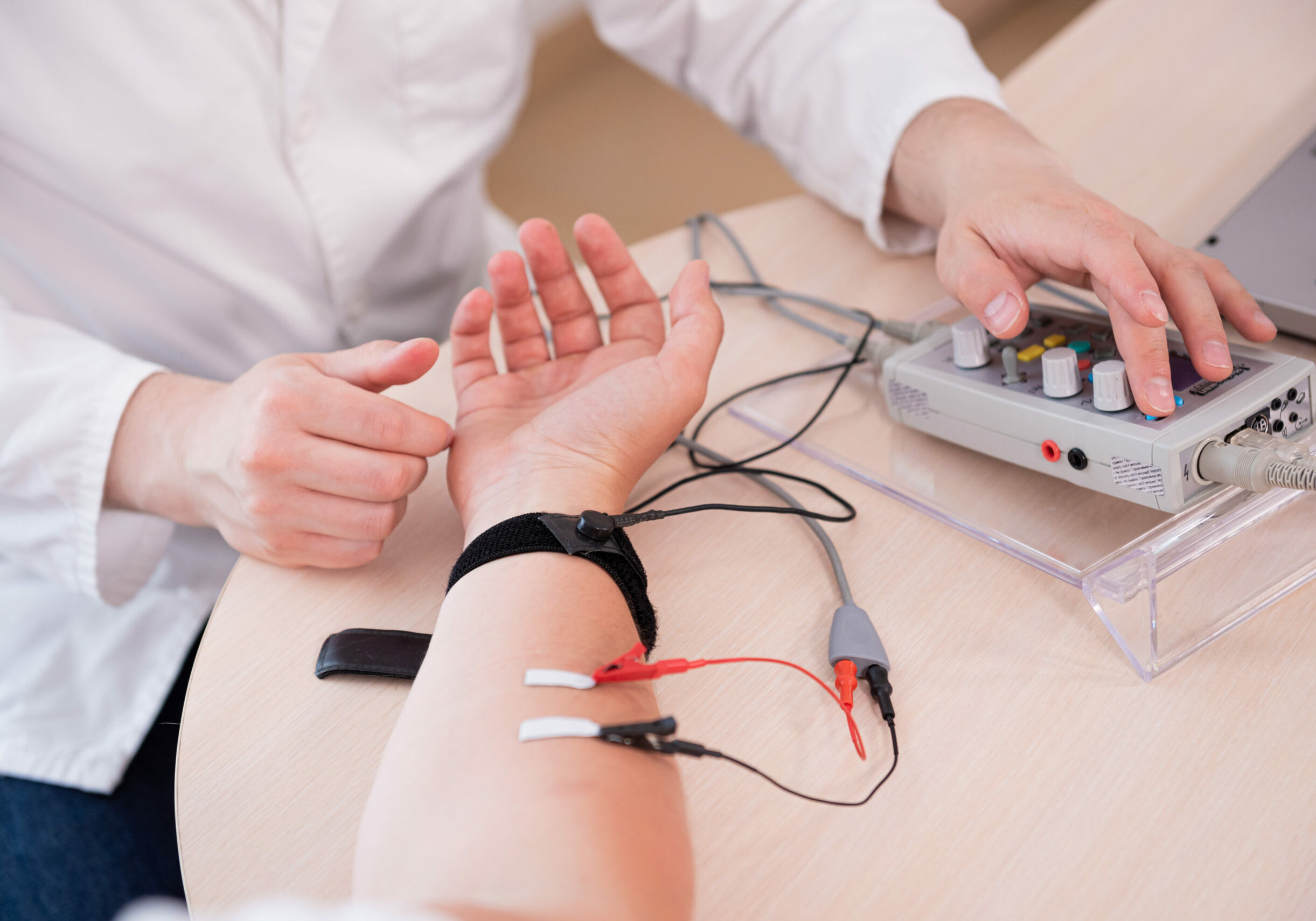WHAT IS ELECTROMYOGRAPHY?
Electromyography, also called EMG or Electrodiagnostic Medicine, is a medical subspecialty that involves testing of nerves and muscles. For persons with back or neck pain, this test is very valuable in determining whether a “pinched” or damaged nerve is part of the problem.
WHAT IS THE PURPOSE OF THE ELECTROMYOGRAPHY PROCEDURE?
Depending on the question, the consultant can look for nerve or nerve root injuries, illnesses of the nerves, or muscle disease. It’s important for patients to know that the test does not prove the existence of pain, and a negative test does not mean a person doesn’t hurt.
HOW IS THE PROCEDURE PERFORMED?
Before the test, the doctor will talk to the patient about his or her medical problem and perform a brief examination. Then there are two parts to the test.
The Nerve Conduction Studies test the electricity that muscles and nerves create naturally. The doctor will tape wires to the skin and give a series of electrical stimulation. The machine times how fast nerves carry signals to arm or leg muscles. (In many nerves the signal travels about 120 miles per hour!) Although the suddenness of the stimulation may surprise some, most people are fairly comfortable with nerve conduction studies.
Electromyography, the second part of the test, allows the consultant to see if the nerve that goes from the spinal cord to individual muscles is damaged. The doctor puts a thin sterile pin into selected muscles, listens and watches a TV screen for signals from the muscle. Patients are able to hear sounds from the machine when they barely move a muscle. For much of the test, it’s necessary to relax the muscle. For other parts, the patient will be asked to slightly tense the muscle being tested. The pin may be a little uncomfortable, but the pain is usually acceptable (the pin is much thinner than the needles used to draw blood samples).
The physician who administers the test will not suggest any treatments unless requested to do so by the doctor who sent the patient to the laboratory. A report is sent to the referring physician.
WHAT ARE THE RISKS INVOLVED WITH ELECTROMYOGRAPHY?
Electrodiagnostic tests involve no radiation or medication and are safer than most tests. It is normal to experience a mild muscle ache for a few days after the test, and people will occasionally notice a small bruise, which disappears. There are no long-term side effects. Like most electrodiagnostic laboratories, OSNI has never had a patient with a serious complication. However, patients who are on blood thinners, who have lung diseases, or are at risk of infection, should notify their testing physician. If for some reason a patient experiences severe shortness of breath, fever with new severe back pain, or any other problem, they should seek emergency medical care.






